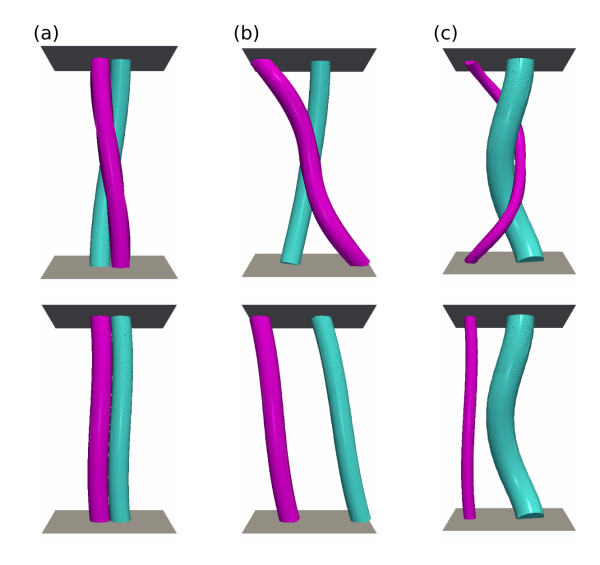Scientists, from Yunnan Observatories, show the evolutions of the separated strands within the apparent single coronal loops observed in Atmospheric Imaging Assembly (AIA) images. This work was published in Astronomy & Astrophysics.
Theoretically, both wave heating and reconnection-type heating could contribute to the heating of coronal loops, especially the warm loops at temperatures around 1-1.5 MK, which are ubiquitous, long-lived, and seemingly stable in the corona. However, there is still no observation showing the exchange of segments and footpoints of the braiding structures within coronal loops, which is expected to be the morphological evolution of the reconnected magnetic bundles, as implied by the picture of nanoflare.
Researchers developed a machine learning(ML) model to upscale and enhance the uninterrupted full-disk AIA images to match the simultaneous images taken by High-resolution Coronal Imager(Hi-C) during its brief flight. The AIA images enhanced by the ML model is successful for resolving some substructures braiding with each other in what appear to be single AIA structure. In particular, the pairs of braiding loop strands were found to evolve to two parallel ones accompanying with impulsive heating in their footpoints, supporting that the interaction between the ML-resolved substructures producing a nanoflare. The ML algorithm presented here is powerful to bring out the substructure at the scale of one pixel in an image with relatively low resolution.

Image of evolutions of two flux tubes with various braid patterns. Panel a: two coherent flux tubes braid with each other in a well-combed pattern. Panels b, c: two flux tubes braid with their legs separating from each other randomly. Image by BI Yi.
Contact:
BI Yi, JI Kaifan
Yunnan Observatories, CAS
E-mail: biyi@ynao.ac.cn, jkf@ynao.ac.cn